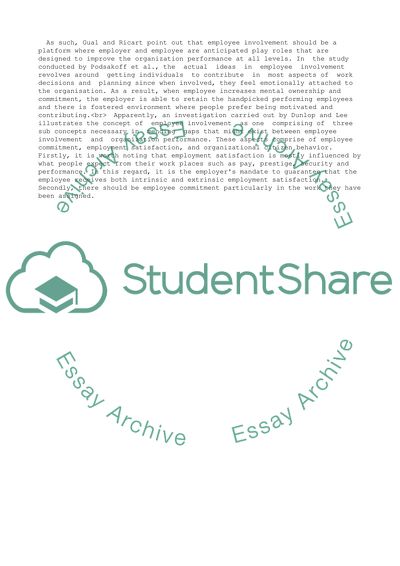Cite this document
(“Employee Involvement, Employee Programs in Organization Performance Case Study”, n.d.)
Employee Involvement, Employee Programs in Organization Performance Case Study. Retrieved from https://studentshare.org/management/1635905-employee-involvement-employee-programs-in-organization-performance
Employee Involvement, Employee Programs in Organization Performance Case Study. Retrieved from https://studentshare.org/management/1635905-employee-involvement-employee-programs-in-organization-performance
(Employee Involvement, Employee Programs in Organization Performance Case Study)
Employee Involvement, Employee Programs in Organization Performance Case Study. https://studentshare.org/management/1635905-employee-involvement-employee-programs-in-organization-performance.
Employee Involvement, Employee Programs in Organization Performance Case Study. https://studentshare.org/management/1635905-employee-involvement-employee-programs-in-organization-performance.
“Employee Involvement, Employee Programs in Organization Performance Case Study”, n.d. https://studentshare.org/management/1635905-employee-involvement-employee-programs-in-organization-performance.


